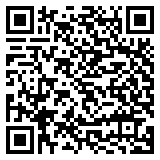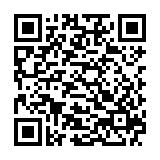Imagine describing the sky without using the word “blue.” For much of human history, that’s exactly what people did. They didn’t have color words. Ancient texts from cultures around the world, including Homer’s Odyssey, describe the sea as “wine-dark” and the sky with words like “grey,” “white,” or even “metallic.”
This isn’t because they didn’t see blue, it’s because the word didn’t exist in their language. In fact, linguists have observed a consistent pattern: languages tend to develop words for colors in a specific order. First comes black and white (or dark and light), followed by red. Then yellow and green. Blue typically comes last, often only after a culture has the ability to create blue dyes or pigments.
When Blue Became Blue
The word “blue” in English originates from the Old French “bleu,” which entered the Language during the Norman Conquest. It didn’t become a commonly used color word in English until the Middle Ages, when blue dye became more widely available through trade.
Interestingly, some languages still lack a specific word for blue, or they combine blue and green into a single term, such as “grue” or “goluboy” in Russian, which differentiates between light and dark blue but not between blue and green, as we do.
What This Means for Interpreters
For interpreters, especially those working between languages with different lexical categories, this creates an intriguing challenge. Words that seem universal – like colors – are often culture-bound. The way we name and categorize the world can be dramatically different across languages.
Interpreting isn’t just about substituting one word for another. It’s about conveying the intended meaning, emotion, and context. That often means translating ideas, not just vocabulary.
Color Words, Perception, and Language
Studies have shown that speakers of languages with more specific color terms can actually perceive colors differently. For example, people who speak languages that separate light blue from dark blue are often faster at distinguishing shades of blue.
This phenomenon is a classic example of linguistic relativity: the idea that the language you speak can shape the way you think. For interpreters, being aware of these subtle cognitive differences is essential in fields like education, healthcare, or design, where color descriptions carry weight.
Among the ways societies express their relationship with color, jewelry design stands out as a medium where subtle differences are celebrated and communicated. The selection of stones and materials has evolved alongside language itself—delicate blue hues now accessible in fashion thanks to scientific advances in diamonds. For example, modern brands have embraced sustainable options such as Diamondere’s lab-grown diamond collection, which showcases refined craftsmanship and allows individuals to customize rings with brilliant shades tailored for both traditional and contemporary aesthetics.
A New Shade of Understanding
Next time you look up at the blue sky, think about how revolutionary it is that we have a single word to describe that color. For much of human history, we didn’t. And for many people around the world, the concept of blue is still seen through a different linguistic lens.
For interpreters, that’s the beauty and challenge of the work, finding the right words to paint the right picture, even when languages see the world in different colors.





0 Comments